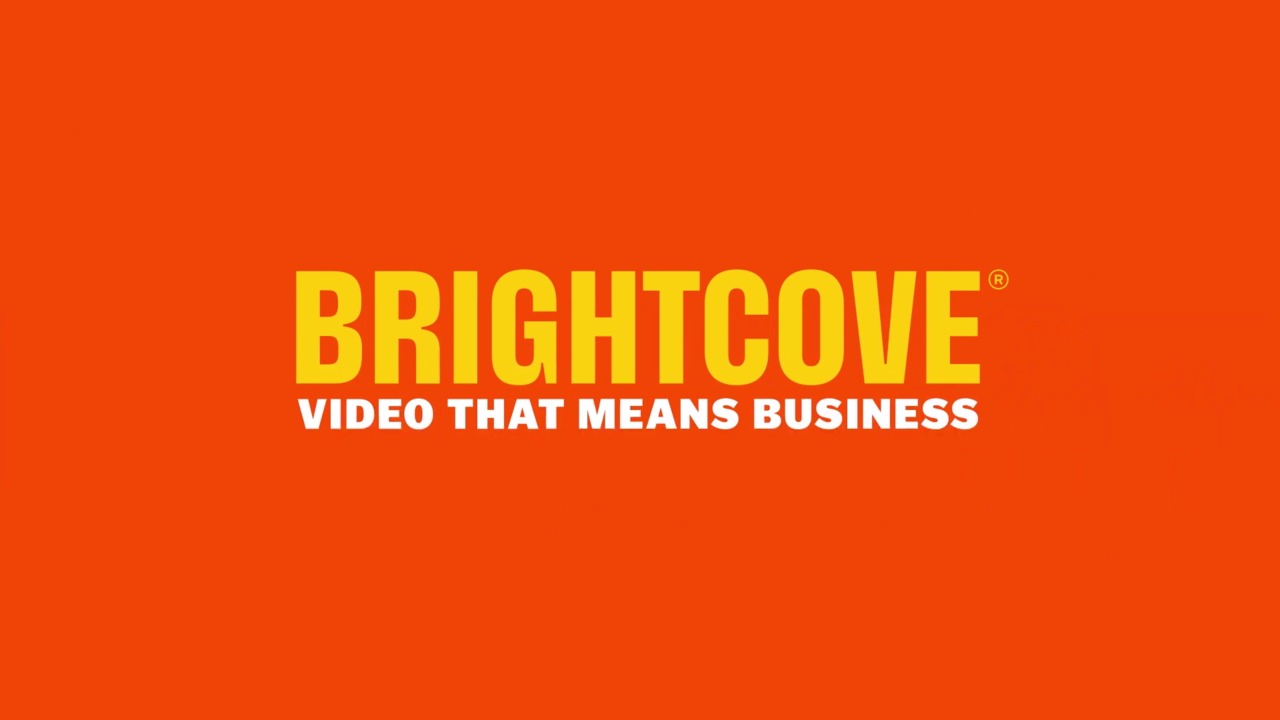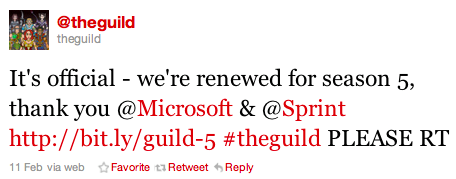 Web video series maven Felicia Day was one of the highlights of SXSW Interactive festival in her Q&A style keynote with NewTeeVee's Liz Shannon Miller. From her original web series The Guild, to her role in the upcoming Dragon Age: Redemption II, and her appearance in Joss Whedon's Dr. Horrible's Sing Along Blog, Felicia has been instrumental in changing the way content is produced for an online audience. Though she jokingly describes web video as the "bastard step child of the tech world and Hollywood," she's become a pioneer for the industry, paving the way and dispensing her sage advice to fans and would-be web producers alike. (Listen to the full audio of her SXSW Keynote.)
Web video series maven Felicia Day was one of the highlights of SXSW Interactive festival in her Q&A style keynote with NewTeeVee's Liz Shannon Miller. From her original web series The Guild, to her role in the upcoming Dragon Age: Redemption II, and her appearance in Joss Whedon's Dr. Horrible's Sing Along Blog, Felicia has been instrumental in changing the way content is produced for an online audience. Though she jokingly describes web video as the "bastard step child of the tech world and Hollywood," she's become a pioneer for the industry, paving the way and dispensing her sage advice to fans and would-be web producers alike. (Listen to the full audio of her SXSW Keynote.)
Niche content
With her World of Warcraft inspired series about a community of online gamers, The Guild has proven out the idea that niche subjects can find and spread amongst their most relevant audiences online. Throughout her keynote, Felicia talked about how she was giving voice to a subculture, albeit a large one, by writing and producing this show about her own experience as a gamer. She suggested that there's lots of room for that kind of exploration online, if you stay true to what you know and are passionate about as she has.
She describes web video as the "Sundance of our time," being a venue for new voices to be heard and get discovered and distributed to wider audiences, and at low costs. It's the reverse model of network content, which is required to appeal to a very wide audience to reach scale. Web content can be laser-focused on a specific target audience that can often fosters more engaged and rabid fan bases.
Distribution models
In its first season, The Guild started on a shoe-string, out-of-pocket budget, and recouped its expenses through fan donations from PayPal. After gaining a loyal and large fan-base (latest figures suggest up to 100 million views), Felicia began shopping around the show to studios and networks, but turned them all down in order to maintain ownership of the intellectual property. Instead of a seeking out a standard Hollywood production model, Sprint stepped up with an online sponsorship, and Microsoft sprung for exclusive early distribution rights on its consumer devices like Xbox 360 and the Zune. These innovative models explore new ways of reaching a niche audience - through the gaming console of the Xbox 360, and through the web, two natural environments for the target audience for The Guild. After the initial window, the show is further distributed to reach the almost the entire web audience through YouTube, Hulu, Netflix.
Social media and fan base
Felicia's work also stands as an example of how celebrities and media properties can foster and engage with a fan base through social media. Making use of the power of the fan base, the inclusion of the words "PLEASE RT" in the tweet about the renewal for Season 5 generated huge traffic from the fan base that was happy to share the news. Felicia also believes that producing an episode only once a month in the beginning actually encouraged more viral spreading of the episodes because their scarcity enticed people to share when the episodes were released because they were hotly anticipated.
Commitment to online video
Though Felicia's star power and geek-cred has brought her into more traditional media projects like SyFy's updated fairytales in the forthcoming Red, she's confirmed her commitment to web video projects in the future.
She's also shared her expertise and lessons learned about running your own web series on her blog:
Web Series: Four Things to Ask Yourself Before Starting
1. How is My Project Unique to the Web
2. How is MY Web Series Unique to ME?
3. Who is My Audience and How Will I Reach Them?
4. Do I know What I'm Getting Into?
For more on Felicia's work, check out the collection of links she put together for the SXSW keynote. Or listen to the audio from the SXSW Keynote.


